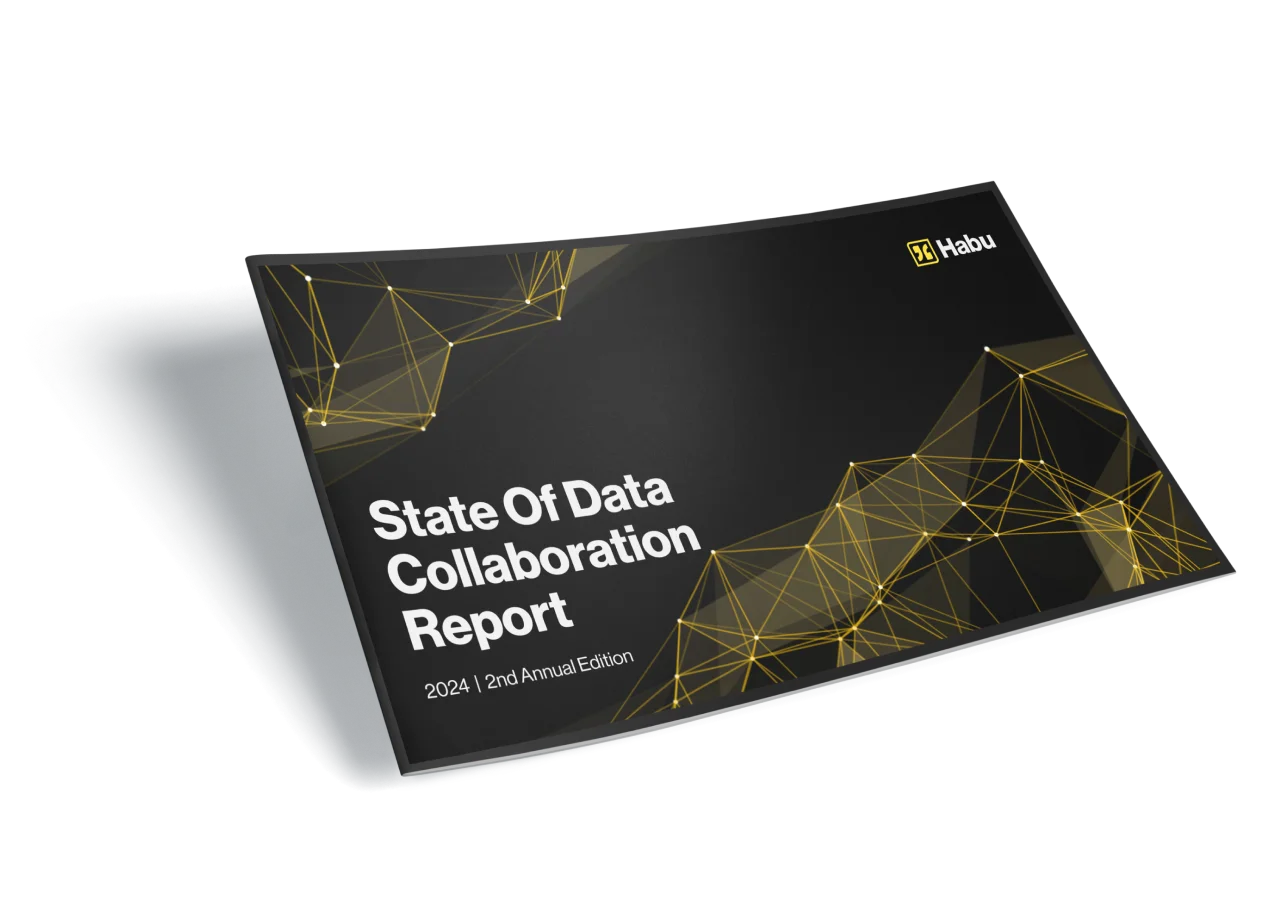The COVID-19 pandemic stopped the world from moving, closed dealer forecourts, and heavily impacted new & used car sales volumes. Just as OEMs were preparing to get back on their feet, a global semiconductor shortage has brought manufacturing lines and supply chains almost to a halt. All of this whilst the industry faces its biggest ever overhaul as it attempts to shift from combustion to battery power.
Unsurprisingly all of that agitation has also impacted advertising and marketing budgets, with US national TV ad spend estimated to be down 27.4% since March last year, according to measurement firm iSpot. Deep cuts are being driven top down as manufacturers look to counter uncertainty in their internal operations and as consumer sentiment around the economy worsens. To that end, in March of this year one of Europe’s largest auto conglomerates, Stellantis, announced that they were looking to cut distribution costs including sales and marketing by as much as 50% in coming years.
But despite all the macro doom and gloom, there are numerous glimmers of light; specifically as relates to the digitisation of both vehicles and vehicle sales.
According to a 2021 McKinsey study, 60% of under 45s now prefer to buy their vehicle online. This is a step change in the auto buyer journey, and one that’s likely to change the way auto marketing teams and their agencies think about the funnel forever. In fact, Mercedes Benz owner Daimler announced plans in May of this year to cut 10% of dealerships worldwide, and 20% in Germany as it targets a shift to owned and operated online sales. As a result we can expect the auto media mix to continue to shift away from predominantly above the line marketing towards a far greater share of data-driven, digital-first approaches that provide more direct measurement and accountability of spend. CRM will also become an increasingly important asset, as OEMs continue to wrestle ownership of customer data away from a network of fragmented franchises and dealers in order to build their own direct data assets.
Those owned data assets will become increasingly diverse too, as a result of both electrification and more embedded technology within the vehicle. Joint ventures in EV charging such as Ionity are not only bringing manufacturers together in ways that would previously not been thought possible, but they are also putting them in the pockets of consumers at scale via the accompanying mobile apps.
In part, this move reflects the potential for a wildly different future for automakers and their marketing teams; one less reliant on infrequent big ticket sales, towards a micro-transaction model across the lifetime of car ownership. As our vehicles themselves become giant connected devices, the automotive marketer might find itself needing to pivot and learn from the mobile app industry, where in-app purchases and app subscription revenues were a $133bn revenue line in 2021, according to Business of Apps.
So what role do data clean rooms have to play in all of this? Here’s three ideas that anyone on the front-line of automotive marketing or data should be considering right now.
Finding Signal in the Noise with Auto Classified Data
Car manufacturers can look to partner with auto classified websites to establish line of sight into consumer behaviour data in key markets in near real-time, fueling OEM data science team access to signals around sale and purchase intent. Use this to understand whether to scale up or scale down everything from production to marketing and advertising.
From an auto classified perspective this opens a new revenue stream from them as a Data-as-a-Service (DaaS) business, separated from media budgets. A data clean room is a natural vehicle for this kind of use case, allowing the website & audience owner to control exactly what data is shared, and how it can be utilised and modelled by the automaker’s data science teams.
Collaborative Intelligence With Key Retail Partners
As fuel retailers have expanded their loyalty & data schemes, they now represent a big opportunity for OEMS to strike partnerships to source consumer data to inform their CRM and insights strategies. When combined with franchise / dealer network data OEMs can develop up-to-date intelligence on consumers across their lengthy ownership cycle, typically something of an ‘insights void’.
As an example, combining data around where people buy their fuel, what type of fuel they buy (premium vs economy), and other cars in the household with dealer level information on maintenance, finance and household information, OEMs can understand trends and build new segmentations to evolve CRM and Marketing activity.
Building Bespoke Customer Journey Analyses
The car purchase funnel is going to remain long, despite increasing digitisation amid a shift towards subscriptions. As such, being able to tie signals across the whole digital marketing funnel is becoming increasingly important to manufacturers. In fact, with the advent of data clean rooms it’s possible to build a totally custom view of the purchase journey by establishing discrete partnerships across the media & data landscape at each stage of the purchase lifecycle.
For example, using a combination of data partnerships including 1) upper funnel campaign data (eg DSP log level data) 2) interest and intent signals from auto endemic publishers, and 3) conversion event data either online (eg owned CRM conversions) or even from location data providers to measure forecourt conversions, Auto OEMs can create a complete view of the purchase cycle they never had before..
These are just three of many ways automotive firms can start to think about getting smarter about understanding their customers at a time of significant change for both the industry, and the economy. Forward-thinking manufacturers, their marketing teams and their agency partners are leaning into clean rooms as the key to unlocking exciting forms of data which will act as an insights edge over their competition.
If you’d like to learn more about how data clean rooms enable secure data collaboration, and how Habu’s solution can help your business, let’s set up a call.


